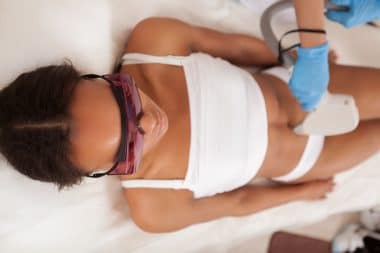The PRP is the Platelet Rich Plasma method in which blood plasma is used. The blood plasma is first removed from the person’s body and then processed to increase the concentration of blood platelets present. The processed plasma is then re-injected back into the person’s body, specifically back into the hair follicles in the case for patients experiencing hair loss. The aim of PRP is to enrich the blood such that the high concentration of platelets (as much as 90%) and growth factors helps in wound healing and cell division.
The idea of PRP was first thought of in the 1970s and it was later used to help patients who were having surgery on their heart. Later the PRP was used to treat other conditions including the healing of skin and various connective tissues such as tendons.
It became a popular choice for treating athletes with various sports-related injuries. Soon it was also being used to help in hair transplant procedures to stimulate the growth of hair follicles and help wounds to heal. More information on the PRP procedure and how it is used at hair loss clinics can be found at https://www.veraclinic.net/en/prp-treatment/
Effectiveness of PRP
Scientists have studied the PRP procedure to evaluate how effective it really is in helping with hair restoration. A review article published in 2018 discusses the effectiveness of PRP therapy in treating the condition androgenetic alopecia. This is the most common reason for men to lose hair in adulthood, and it is in fact the reason why about 80% of men experience some degree of balding during their lifetime.
Platelets are also known as thrombocytes, and these are the cellular components of blood that are responsible for enabling the blood to clot when there is some type of injury that has taken place.
However, blood platelets are not only useful for forming clots, and in fact they also contain many useful wound-healing and growth molecules. The platelets help to stimulate the activity of stem cells which can give rise to other cells in the body, and help the skin and other tissues to heal.
The platelets have been found to contain over 20 growth factor proteins. Examples of such growth factors include connective tissue and epidermal factors which stimulate cell division. Most studies on the effectiveness of PRP for hair loss treatments have shown that the hair diameter and density often increases when PRP therapy is done.
The review of studies published by Cervantes et al in 2018 showed that PRP was in fact effective in 83% of the studies that were examined. This really demonstrated that this was a beneficial procedure in many cases in which hair was lost, particularly when hair was lost due to androgenetic alopecia.
It is very likely that PRP will work for other situations when hair is being lost or becoming thin. Women tend to experience hair becoming thinner, particularly when they are older and after menopause has occurred. Using PRP therapy is a useful way to stimulate hair growth and increase the odds of hair follicles re-growing.








Reply